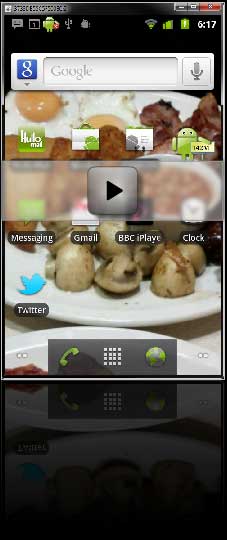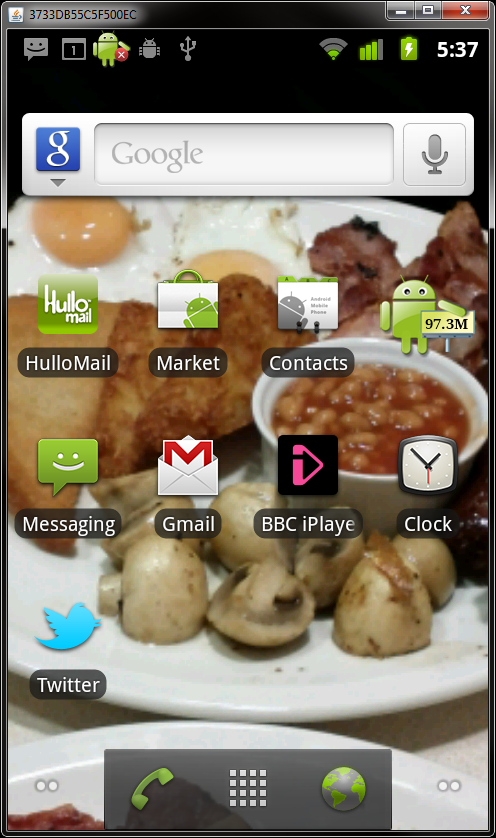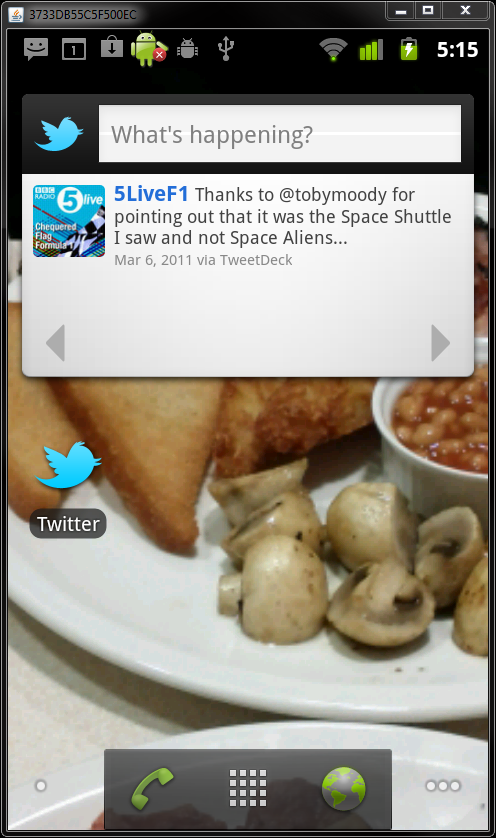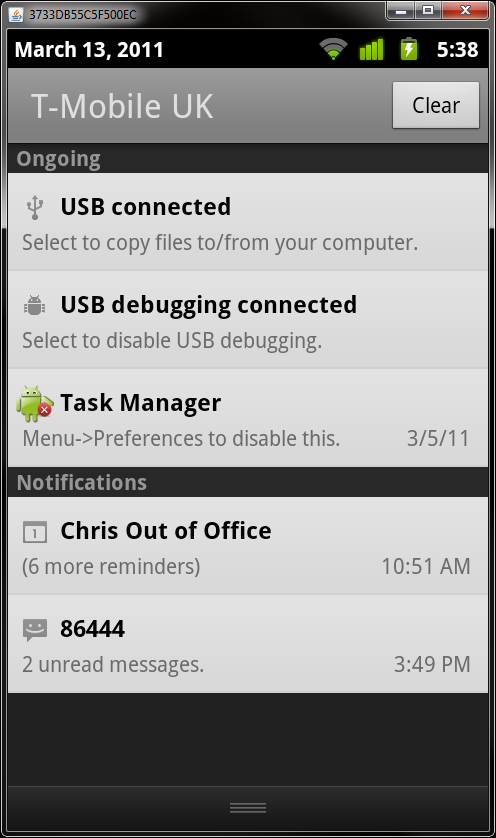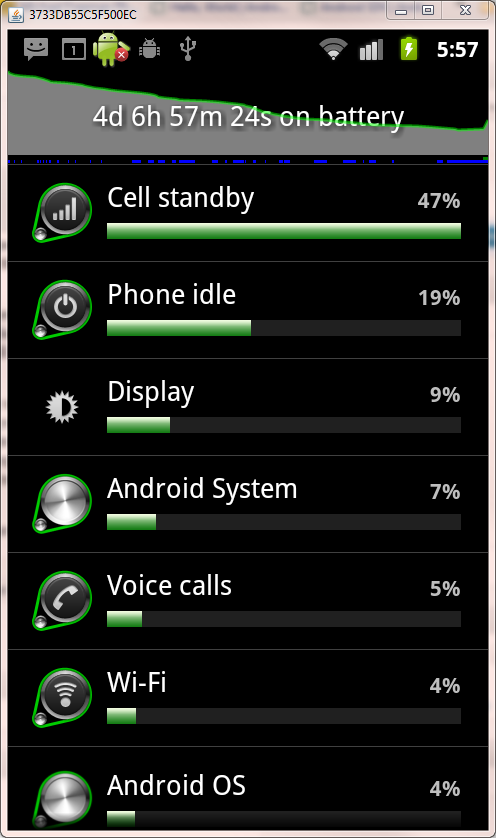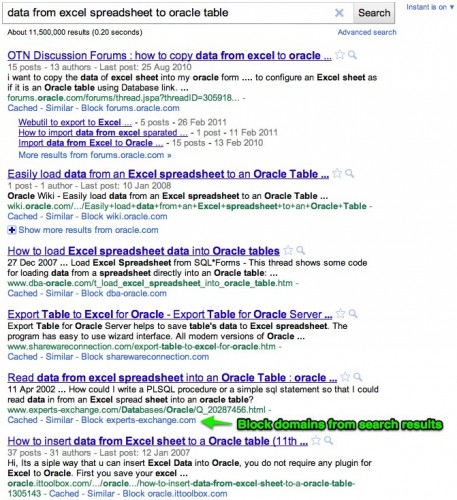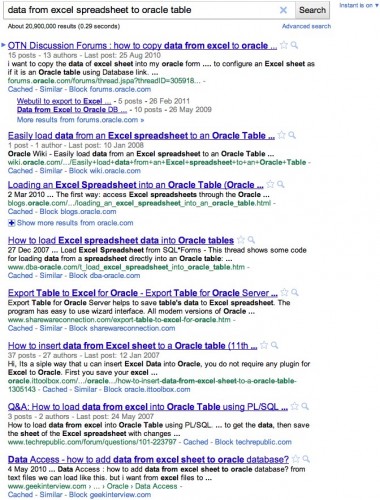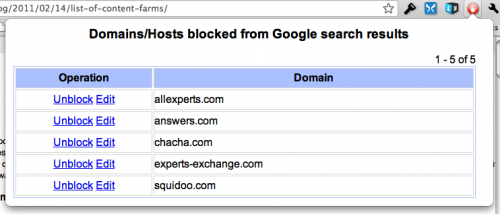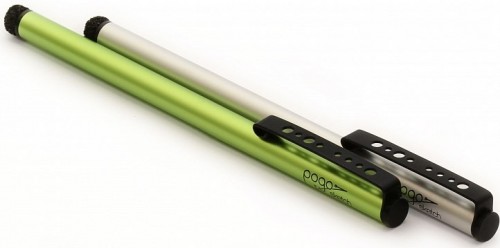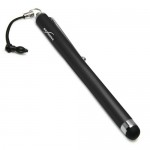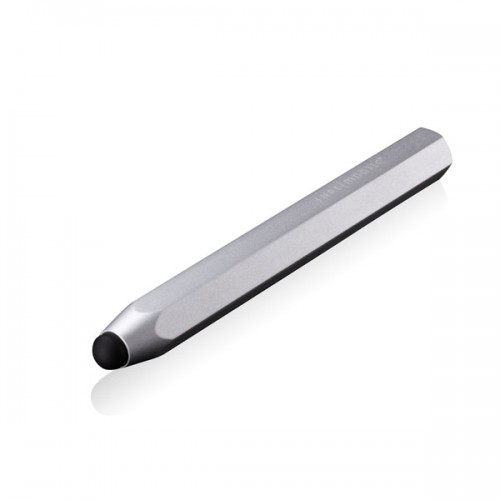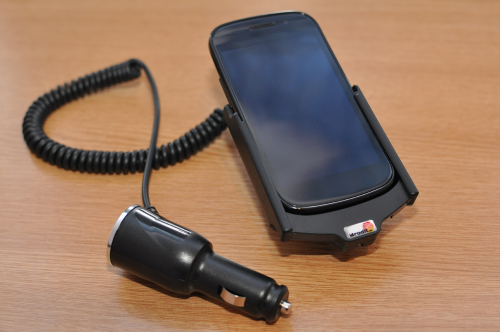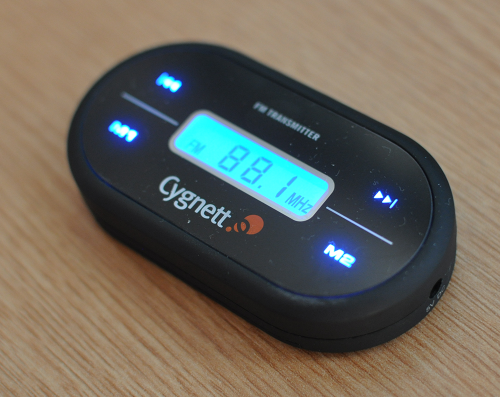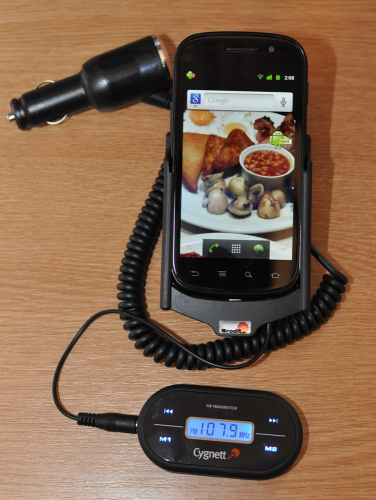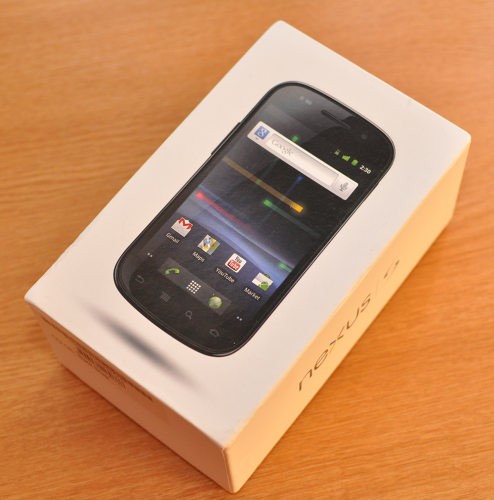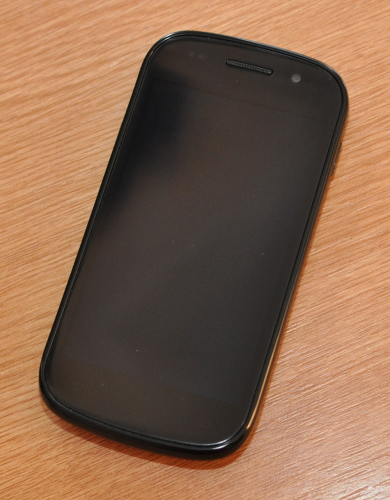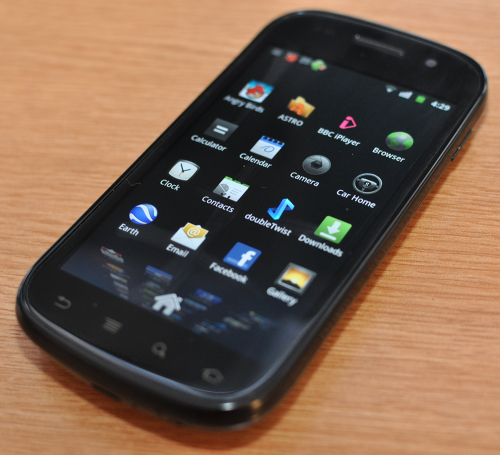DigitalOutbox Episode 80
In this episode the team discuss Twitter threatening dev’s, IE9, iPad 2 and bye bye to the Zune.
Playback
Listen via iTunes
Listen via M4A
Listen via MP3
Shownotes
2:06 – Twitter – Don’t compete with our apps
– Twitter has taken some time today in their developer forum to talk a bit about the state of the ecosystem and give some guidance.
– Platform lead Ryan Sarver notes that Twitter views a “consistent user experience” as very important to them. And it’s something they’re going to hold third-party developers to a very high standard to maintain. But they don’t want them to mimic Twitter’s own experience with their native apps in order to do this. They’ve updated the API Terms of Service to reflect all of this.
– “Developers have told us that they’d like more guidance from us about the best opportunities to build on Twitter. More specifically, developers ask us if they should build client apps that mimic or reproduce the mainstream Twitter consumer client experience. The answer is no,” Sarver writes very matter-of-factly.
“If you are an existing developer of client apps, you can continue to serve your user base, but we will be holding you to high standards to ensure you do not violate users’ privacy, that you provide consistency in the user experience, and that you rigorously adhere to all areas of our Terms of Service. We have spoken with the major client applications in the Twitter ecosystem about these needs on an ongoing basis, and will continue to ensure a high bar is maintained,”
– So if your a developer what are Twitter happy with you developing:
– Publisher tools. Companies such as SocialFlow help publishers optimize how they use Twitter, leading to increased user engagement and the production of the right tweet at the right time.
– Curation, Realtime data signals, Social CRM, entreprise clients, and brand insights, Value-added content and vertical experiences.
– This hasn’t gone down well – Craig Hockenberry points out what Iconfactory’s Twitterrific brought to the Twitter platform – http://furbo.org/2011/03/11/twitterrific-firsts/ – First use of tweet, first use of bird icon, first native mac client, first char count, first to support replies and conversations (with help from Twitter engineering), first native iPhone client
– Twitter killed my app – http://aaron.vegh.ca/2011/03/twitter-killed-my-app/
– Some twitter stats to show you size (where’s identica?)
– http://techcrunch.com/2011/03/14/new-twitter-stats-140m-tweets-sent-per-day-460k-accounts-created-per-day/
– It took 3 years, 2 months and 1 day from the first Tweet to get to the billionth Tweet. In a given week, users send a billion Tweets. Users are now sending 140 million Tweets, on average, per day, up from 50 million Tweets sent per day, a year ago. The all-time high in terms of Tweets sent per day was 177 million sent on March 11, 2011.
– In terms of Tweets per second, the all time high was 6,939 Tweets per second after midnight in Japan on New Year’s Day. This compares to the previous record of 456 Tweets per second when Michael Jackson died on June 25, 2009.
– Twitter says that 572,000 accounts were created on March 12, 2011, with 460,000 new accounts per day over the last month on average. Mobile users are up 182 percent over the past year. And Twitter currently has 400 employees, up from 8 in January 2008.
10:25 – ISPs to Provide Better Traffic Management Info
– BSkyB, BT, O2, TalkTalk, Three, Virgin Media and Vodafone have all agreed to provide better information on traffic management, which should help customers understand why connection speeds vary.
– While such information is already available in many cases, in order for consumers to have a better handle on the data, the indicators must be understandable, accessible, comparable and verifiable. The info will therefore be published in a ‘Key Fact Indicator’ table that summarises the practices in a standardised format. These will be available on the ISPs’ websites by the end of June.
– The tables can be accessed directly by the consumer, but also used by price comparison websites and the like to inform potential customers of the best options available to them.
– Antony Walker, head of the Broadband Stakeholder Group, which facilitated the move, reckons it “will not only help to ensure consumers are better informed about the services they buy and use, but will also provide a clearer picture for policy makers of the way in which traffic management is actually used in the UK market”.
14:00 – Facebook Comment Box Plugin
– Facebook updates it’s comments box plugin – comment via Facebook account or Yahoo
– Forces people to use real name – deter spamming?
– Improved moderation tools
– Can send comments to wall, get notifications when others comment – fine on low traffic sites – comment on Techcrunch though and boom – spam tastic
– No Google or Twitter sign in available but it was rumoured
– Facebook marches on
– http://techcrunch.com/2011/03/06/techcrunch-facebook-comments
– Techcrunch – less quantity, better quality
– Less anonymity = less trolls
20:06 – Google – Hide sites directly in search
– Similar to Chrome plugin launched a few weeks ago
– Click on block site to remove site from your search results
– Saved to your Google account so follows you around
20:52 – Google Maps Navigation now routes around traffic
– Google Maps Navigation has added traffic re-routing to it’s Android app
– Will take account of current and historic traffic levels when calculating best route
– Free!
– Traffic data is crowd sourced from other users to try and work out best available route
24:00 – Adobe Launches Wallaby
– Wallaby, a system it is launching today to convert basic Flash files — such as animations and banner ads — into code that will work on iOS.
– an AIR program that allows you to drag and drop a Flash file into it, at which point the system analyzes the file and outputs a sequence of HTML-friendly files that produce the same effect. By using HTML, CSS and SVG, the company says most simple Flash files can be recreated in ways that will work on Apple mobile products.
– I spoke to Adobe’s Tom Barclay about the launch, who said that the project had a specific purpose — to make Apple’s Flash ban less painful for developers — but pointed out that it was still very much experimental.
“There’s still room for improvement, but I think we’ve addressed a very specific use case for banner ads on iOS,” he told me.
– While it can port over simple animations and transitions, there’s a lot of information that it can’t handle: notably ActionScript instructions (which are used to program inside Flash) don’t convert, although Barclay suggested that they may come into the picture further down the line. Similarly, some of Flash’s higher-end features — such as filters and blend modes — aren’t being ported through Wallaby yet. And it doesn’t convert audio and video because HTML5 has its own dedicated tags for those.
26:29 – Conde Nast UK invests in iPad publishing
– Wired UK will release monthly app editions for iPad starting with its May issue, with British GQ making its tablet debut on the App Store with its July issue. Meanwhile, Vogue UK is to receive more “special edition” iPad issues throughout the year.
– For now, the publisher is focusing on iPad and iPhone only, although its thoughts are turning to other devices such as the raft of Android tablets about to go on sale, and RIM’s BlackBerry PlayBook.
– For now, the pricing model will remain one-off purchases, too. Apple’s recently introduced subscription billing system is also on Condé Nast’s agenda, but only if the terms are right, according to Read. “We’re in discussions with Apple in the US about how we might reach a subs arrangement that suits both sides.”
– The publisher will also launch 21 iPhone apps across seven of its magazine brands this year, including GQ, Glamour, Vogue and Wired.
29:52 – Apple Updates
– iOS 4.3
– iTunes 10.2.1
– Safari 5.0.4
– XCode 4 – Released – free for developers who pay $99 yearly or $4.99 on app store for non developers
– Benchmarks for iPad2 are very impressive – http://www.anandtech.com/show/4216/apple-ipad-2-gpu-performance-explored-powervr-sgx543mp2-benchmarked
– Online backlog – 4-5 weeks now for delivery, physical stores sold out
– One More Thing
– Jon Bon Jovi
– Kids today have missed the whole experience of putting the headphones on, turning it up to 10, holding the jacket, closing their eyes and getting lost in an album; and the beauty of taking your allowance money and making a decision based on the jacket, not knowing what the record sounded like, and looking at a couple of still pictures and imagining it..
– God, it was a magical, magical time…I hate to sound like an old man now, but I am, and you mark my words, in a generation from now people are going to say: ‘What happened?’ Steve Jobs is personally responsible for killing the music business.
38:54 – App Updates
– Flipboard – faster, instagram support
– Instapaper – faster, more social in that you can find liked reads from your twitter connections, can share to more places including Pinboard, can now search sync’d content – one of my fav apps just got better
41:14 – IE9 now released to mainstream
– Ars calling it the “most modern browser there is”
– Doesn’t work on anything before Vista.
– I’ve not had a chance to use yet. Speed graphs look good. Standards support looks much improved. Certainly a good thing. And with IE trying hard to now kill off IE6 – fingers crossed, those will move straight up to the latest version and save lots of development headaches!
44:09 – Kinect is record breaker
– Kinect officially fastest selling consumer electronic device ever… Guinness certified.
– “Fastest selling consumer electronics device in 60 days…”
45:38 – Zune Player is no more
– End of hardware. Software and service still live.
Picks
Chris
Droid@Screen
– Recently used to do my blog post on Android OS. It’s a desktop java app that can output your Android screen in a window! Fantastic! OK, you have to jump through a few hoops. You need to have the Android SDK and also the debug USB driver, but once that’s all up and running, you just load the .jar file and off you go.
– Used in conjunction with Camtasia/Jing you can then record the window.
– FPS is an issue – 30fps is fastest it offers and that’s not to say that you get 30 updates of the screen every second! It’s jerky at best but as a way of showing how Android works, I couldn’t find a better option out there at the moment.
– It’s also delightfully geeky!
Ian
Zite
– Magazine app for the iPad
– Displays content based on twitter followers, google reader and what you read as you use the app
– Like the front end, slower than Flipboard but not a dealbreaker
